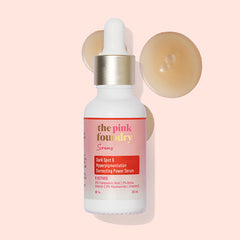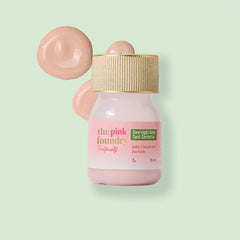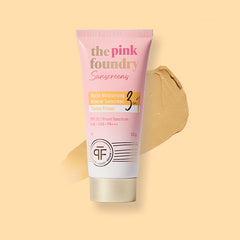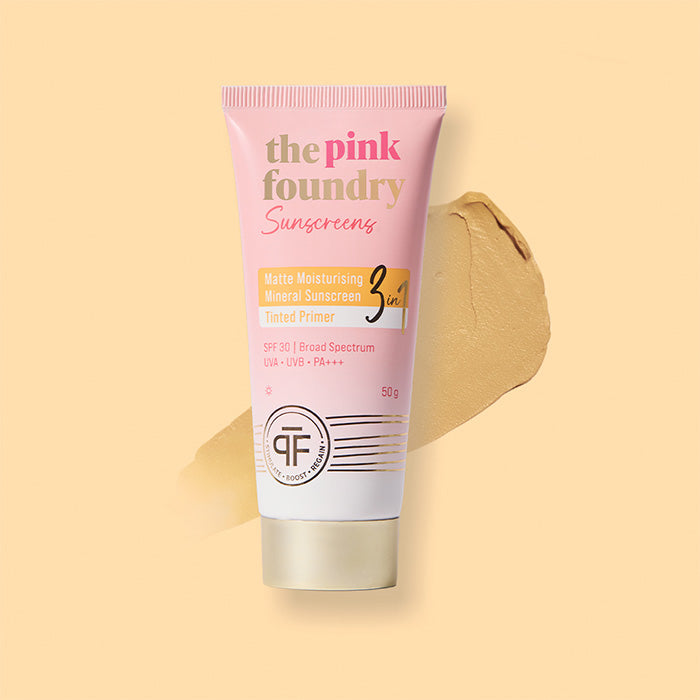Fitzpatrick skin types: What it is and how to determine yours
Fitzpatrick skin types are part of the Fitzpatrick scale that classifies skin types according to the extent of their exposure to sunlight. These types generally range between 1-6 based on the features of the skin and the risk of sunburn, along with other contributing factors.
The prototypes of Fitzpatrick skin were developed in 1975 in Boston. It was developed for the sake of phototherapy. The scale’s main aim was to assist in determining a patient’s risk of tanning or burning during exposure to UV light.
These days, the scale is used by dermatologists to identify the amount of treatment or UV therapy a patient can have to address a certain skin order. In this blog, we will take a close look at the Fitzpatrick scale.
What is the Fitzpatrick scale?
The Fitzpatrick scale is intended for dermatologists to utilise in determining the specific amount of UV therapy an individual may have to treat a specific skin disorder. The scale is often utilised to identify the setting on a laser when performing the removal of laser hair.
What are the different Fitzpatrick skin types?
It is also known as the Fitzpatrick skin prototype. Scientists came up with this procedure back in 1975. It remains a useful way to determine the type of skin and the risks of skin cancer. The experts in the field established the Fitzpatrick skin type by asking individuals how their skin reacted to exposure to sunlight. The results pretty much showed clear trends, which allowed the researchers to identify six distinct skin types according to the presence of melanin.
Back in 2013, a study confirmed that the system was beneficial in identifying who was most at risk of sunburn. However, it also found that it was more effective when a dermatologist carried out the assessment instead of an individual doing it by themselves. It is also worth noting that not all individuals’ skin will fit neatly into one of the types. The system acts as a guide instead of giving a definitive classification.
Also read: What Are The Benefits Of Wearing Sunscreen Every Day?
How do we determine the Fitzpatrick skin type?
Before you ponder about the Fitzpatrick skin type test, let us take a look at the distinct skin types. The classification of Fitzpatrick skin type is subjective indeed. It might be challenging for an individual to identify their skin type using this classification system, along with the history and other methods, to determine the appropriate settings for laser therapy. Here, we have discussed the major skin types:
- Fitzpatrick Skin Type I- The skin always burns. It never tans and is sensitive to UV exposure.
- Fitzpatrick Skin Type II- Tans very minimally, but skin burns easily.
- Fitzpatrick Skin Type III- The skin burns moderately and tans slowly to light brown.
- Fitzpatrick Skin Type IV- The skin burns minimally and tans well to moderately brown.
- Fitzpatrick Skin Type V- Very rarely, the skin burns and tans profusely to dark
- Fitzpatrick Skin Type VI- The skin never burns and is deeply pigmented. It is the least sensitive to UV exposure.
How do we protect and nourish each skin type?
Now that you know how to determine Fitzpatrick skin type, it is time we check out how you can protect each skin type. First of all, anyone who is spending time outdoors should:
- Utilise a broad spectrum of SPF of 30 or more.
- Always remember that the intensity of sun rays is the highest between 10 A.M. to 4 P.M.
- Walk or sit in the shade whenever it is possible for you
- Wear protective clothing if you are outside for a long period.
Let us now see how each of the skin types can be protected:
-
Types 1 & 2
People with Fitzpatrick skin type 1 or 2 may have fair skin, freckles, and light hair, which can be the risk factors for skin cancer. There is a high risk of sun damage that can lead to:
- Signs of ageing
- Skin cancer
- Burning
Individuals with very fair skin should take additional precautions to safeguard their skin. For instance, you can never go wrong with the Mineral Matte Tinted Sunscreen. This sunscreen safeguards your skin from a broad spectrum of UVA and UVB rays.
-
Types 3 & 4
If an individual has a skin type of 3 or 4, their skin can burn, but they will also tan. The danger of skin cancer due to sun exposure is lower than the folks who have skin type 1 and 2. However, there is still risk. For these skin types, too, there should be adequate precautions, and putting on sunscreen before you go out in the sun will go a long way.
-
Types 5 & 6
Folks with skin types 5 and 6 are also somewhat exposed to developing skin cancer. Yes, the risk is way lower than the ones who have skin types 1 and 2, but the risk is still there. The sunscreen, which is for fair-skinned folks, will leave residue and give a chalky look to those who have darker skin. An ideal sunscreen for folks with skin types 5 and 6 would be Zinc oxide and Titanium oxide.
Also read: Does Sunscreen Prevent Tanning Effectively?
Wrapping up
If you are at increased risk of skin cancer, it is vital to schedule regular skin exams. Go ahead and talk with a doctor regarding how often you should go for screening. Based on individual requirements, skin screening is something that can be more frequent than annual checkups.
FAQ:
-
What is the main use of Fitzpatrick skin types?
It was typically used to determine the correct settings of phototherapy for specific skin conditions.
-
What is the Fitzpatrick scale?
The Fitzpatrick scale is intended for dermatologists to utilise in determining the specific amount of UV therapy an individual may have to treat a specific skin disorder.
-
When was the Fitzpatrick scale developed?
Scientists came up with this procedure back in 1975. It remains to be a useful way to determine the type of skin and the risk of skin cancer.
-
Can I use the Fitzpatrick scale myself?
The Fitzpatrick scale is strictly restricted for dermatologists.
-
What sunscreen should people who have skin type 6 on the Fitzpatrick scale?
An ideal sunscreen for folks with skin types 5 and 6 would be Zinc oxide and Titanium oxide.















